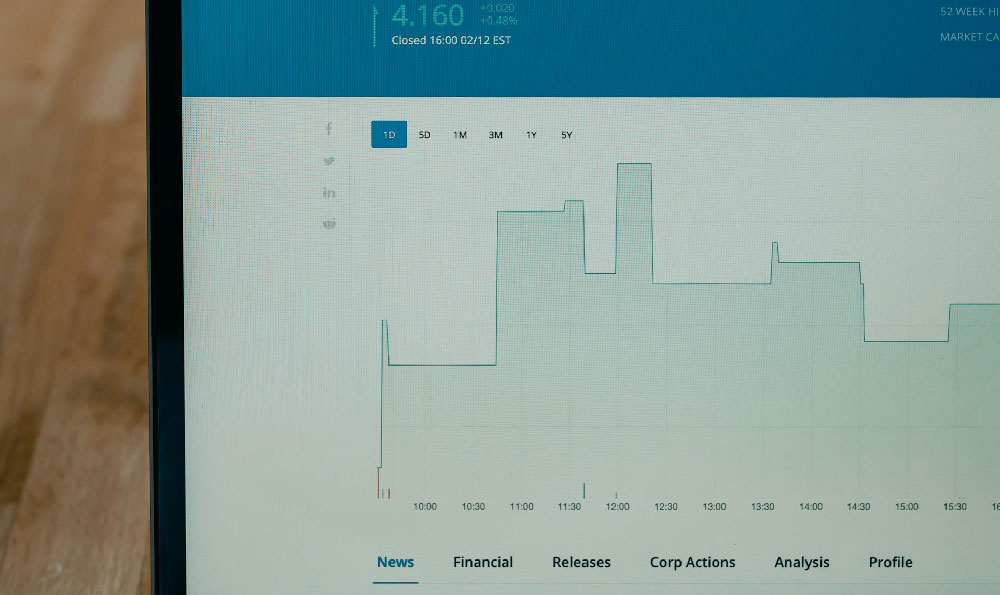Let's delve into the intriguing world of YouTube earnings and monetization strategies. The question of how much YouTubers earn is complex, with answers varying wildly depending on a multitude of factors. It's not as simple as counting views and extrapolating a figure. Several variables heavily influence a creator's income, making generalizations risky and often misleading.
One of the primary sources of income for YouTubers is AdSense, Google's advertising program. YouTubers enable monetization on their videos, allowing ads to be displayed before, during, or after their content. Each time a viewer sees an ad (an impression) or clicks on it, the YouTuber earns a small amount. The specific revenue generated per 1,000 ad impressions, known as the CPM (Cost Per Mille), fluctuates based on numerous elements. Geographical location plays a significant role; for instance, CPMs in the United States, Canada, and Western Europe tend to be higher than those in developing countries due to factors like advertiser demand and purchasing power. The niche or topic of the YouTube channel also matters. Channels focusing on finance, technology, or business often command higher CPMs because advertisers are willing to pay more to reach audiences interested in these areas. Video length is another relevant parameter; longer videos provide more opportunities to insert ads, potentially increasing revenue. The actual ad rates are determined by an auction system where advertisers bid for ad space.
However, relying solely on AdSense income is rarely enough for a YouTuber to sustain a full-time career. That's where alternative monetization methods come into play. Sponsorships and brand deals represent a lucrative avenue for many creators. Companies pay YouTubers to promote their products or services within their videos. The amount a YouTuber can charge for a sponsorship depends on their audience size, engagement rate, and the perceived value of their audience to the brand. A YouTuber with a highly engaged audience of, say, 100,000 subscribers can often command more for a sponsorship than a YouTuber with a million inactive subscribers. Finding the right sponsors involves aligning the brand's values with the content creator's values to ensure authenticity and relevance to the audience. Disclosure is key; YouTubers must clearly disclose sponsored content to comply with advertising regulations and maintain transparency with their viewers.

Affiliate marketing offers another income stream. YouTubers promote products or services using unique affiliate links. When viewers click on these links and make a purchase, the YouTuber earns a commission. This can be particularly effective for channels that review products or offer tutorials. Like sponsorships, the key to successful affiliate marketing is to promote products that are genuinely useful and relevant to the audience. Building trust is paramount; viewers are more likely to purchase products recommended by YouTubers they trust.
Selling merchandise is a common way for YouTubers to diversify their income. This can include branded t-shirts, hoodies, mugs, or other products related to the channel's content. Creating high-quality merchandise that resonates with the audience is crucial. YouTubers often partner with print-on-demand services to handle production and shipping, reducing the upfront investment.
YouTube Premium revenue sharing offers a less direct, but still significant, source of income. YouTube Premium subscribers pay a monthly fee to enjoy ad-free content. A portion of these fees is distributed to YouTubers based on the amount of time Premium subscribers spend watching their videos. While this revenue stream may be smaller than AdSense or sponsorships for some creators, it contributes to overall earnings and provides a more stable source of income.
Crowdfunding platforms like Patreon allow viewers to directly support their favorite creators through monthly subscriptions. Patrons typically receive exclusive content, early access to videos, or other perks in exchange for their financial support. This model fosters a strong sense of community and allows YouTubers to build a more sustainable business model based on direct support from their fans.
Beyond these primary methods, YouTubers can also generate income through other avenues, such as online courses, ebooks, consulting services, or live streaming donations. Diversification is essential for long-term success on YouTube. Relying solely on one income stream can be risky, as algorithms and advertising rates can change, impacting earnings.
So, how much do YouTubers actually earn? It’s impossible to give a definitive answer. A YouTuber with a small but dedicated audience might earn a few hundred dollars per month, while a popular creator with millions of subscribers can generate tens or even hundreds of thousands of dollars monthly. Income can fluctuate significantly from month to month, depending on factors like seasonality, advertising demand, and the release of new content. Successful YouTubers treat their channels as businesses, carefully analyzing their metrics, optimizing their content, and diversifying their income streams to maximize their earnings and ensure their long-term viability. Ultimately, the key to success on YouTube is to create engaging, high-quality content that resonates with an audience, build a strong community, and explore diverse monetization strategies.











